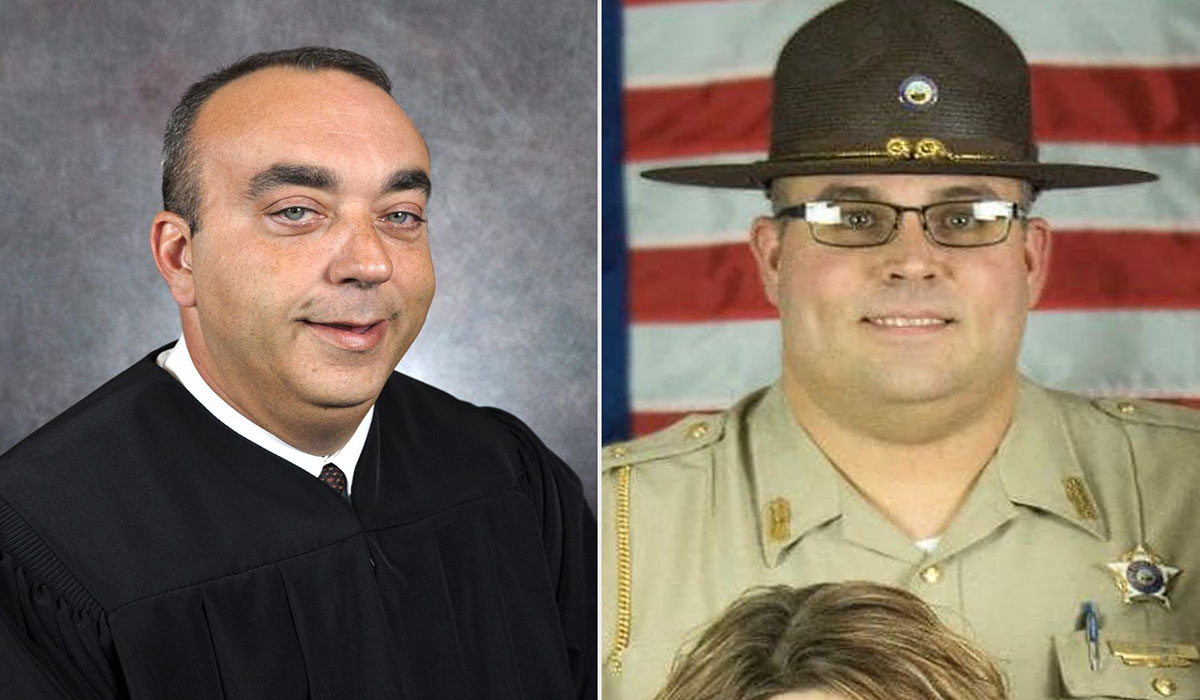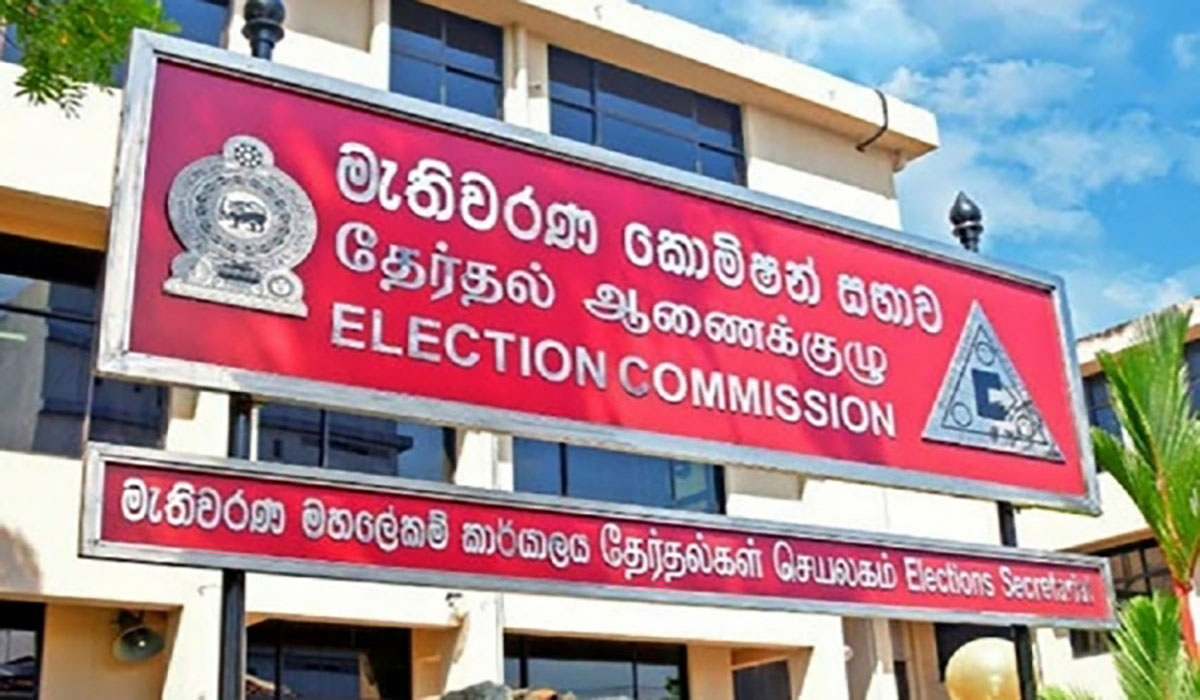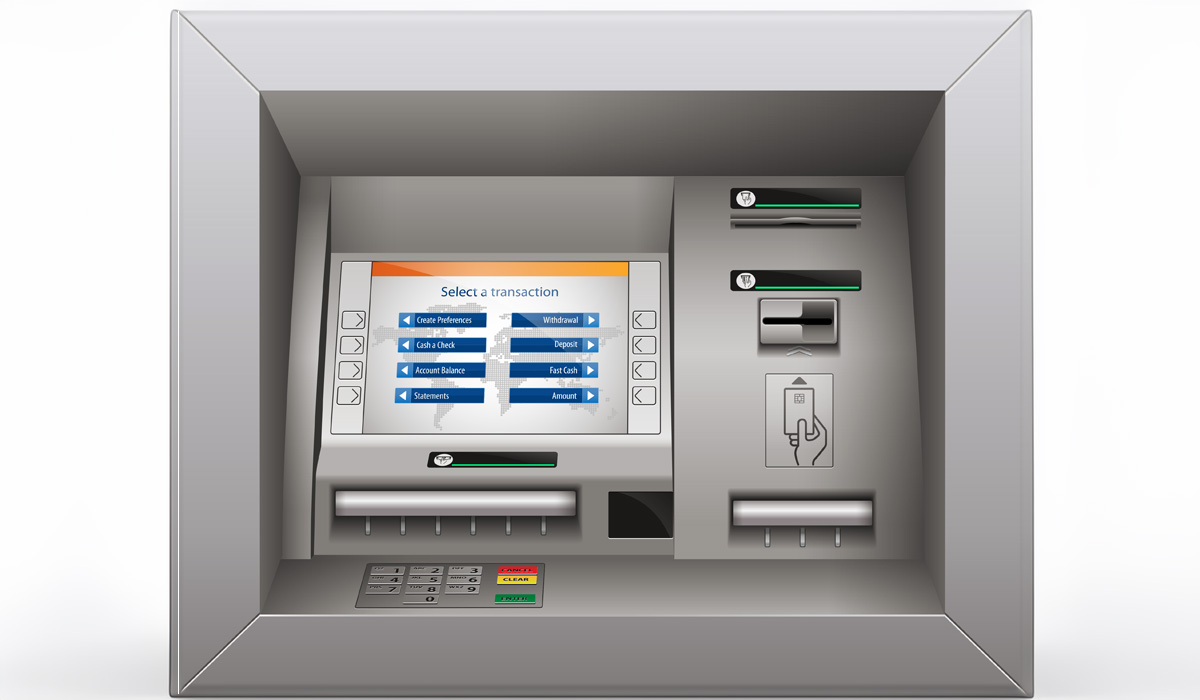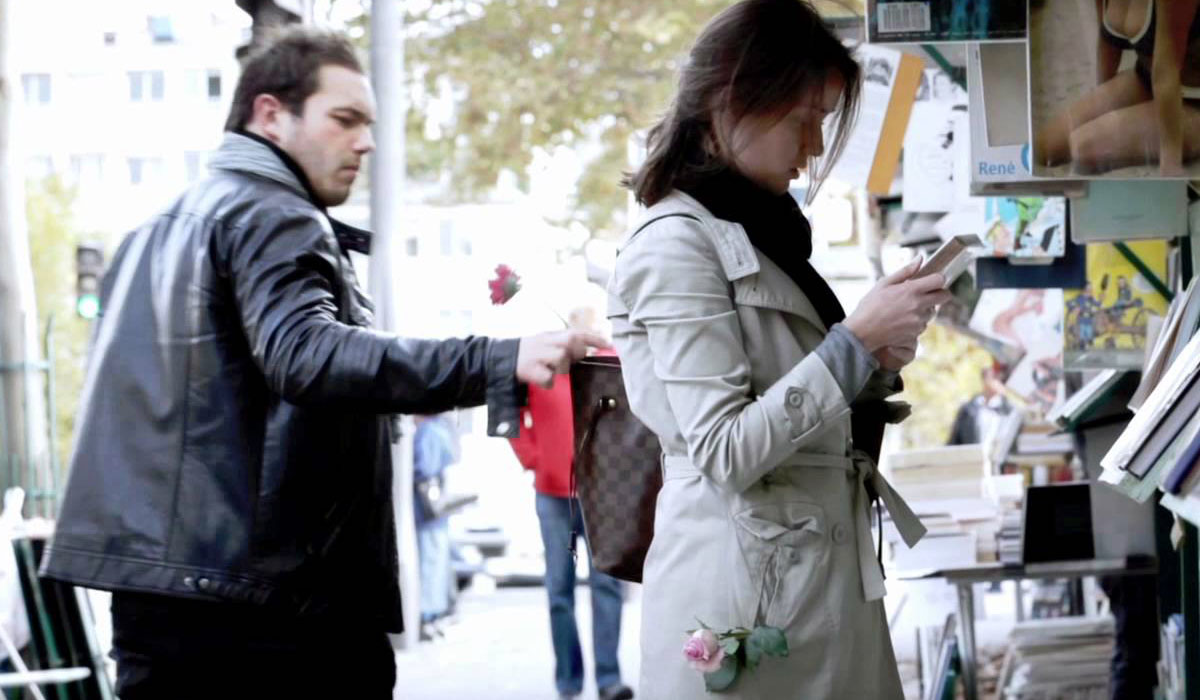In New York City, nearly one million bus riders—about half of all passengers—board without paying the fare every weekday. This significant loss in revenue is a major financial challenge for the Metropolitan Transportation Authority (MTA), which is already under severe financial strain.
The issue of fare evasion on buses has worsened recently. Before the pandemic, about one in five bus riders skipped paying. Now, the problem has intensified, making it one of the highest rates of fare evasion among major cities globally.
Despite the growing problem, public officials have focused their enforcement efforts mainly on the subway system- New York City train network. The MTA has deployed numerous police officers and private security guards to ensure subway fares are paid, even though fare evasion on buses is a much larger issue.
The Severity of the Problem
In the first three months of this year, statistics show that 48% of bus riders did not pay their fare, compared to 14% of subway riders. This disparity is notable, given that twice as many people use the subway compared to the buses.
Fare evasion has resulted in significant financial losses for the MTA. In 2022, the authority lost $315 million due to bus fare evasion and $285 million from subway fare evasion, according to a 2023 report.
Experts suggest that some New Yorkers avoid paying bus fares because they cannot afford the cost, while others find it easier to evade fares on buses compared to the subway, where turnstiles and gates make fare evasion more difficult. The standard fare for both subway and most bus passengers is $2.90 per trip.
The perception of fares being optional was reinforced during the pandemic when the MTA made bus rides free for several months in 2020. This led to a belief among some riders that paying for bus fares is not always necessary.
Comparison with other cities
Even before the pandemic, fare evasion was a significant issue in New York. Cities across the world are grappling with fare evasion, though it is far worse in New York. In 2018, the fare evasion rate was about 18%, compared to 11% in Paris and 5% in Toronto. In London, where fare evasion is met with substantial fines over $1,000, the rate was only 1.5%.
Serious Safety Issue for Bus Drivers and Enforcement Challenges
Transit leaders in New York have struggled to balance enforcement with the safety of bus drivers and the needs of low-income commuters. When it was suggested increasing police presence on buses in 2019, the idea faced considerable backlash. The MTA has since sent groups of unarmed employees, known as “eagle teams,” to patrol buses and issue tickets to fare evaders. The coverage of these teams has expanded over the years.
The Transport Workers Union has advised bus operators to avoid confronting fare evaders to prevent potential harassment or violence. This advice comes after a 2008 incident where a bus driver was fatally attacked for asking a passenger to pay. Consequently, the union has advocated for minimizing interactions between drivers and fare evaders. “First and foremost, I avoid all confrontation, I just concentrate on driving and don’t say anything,” according to one bus driver, preferring to avoid confrontation with fare evaders.








